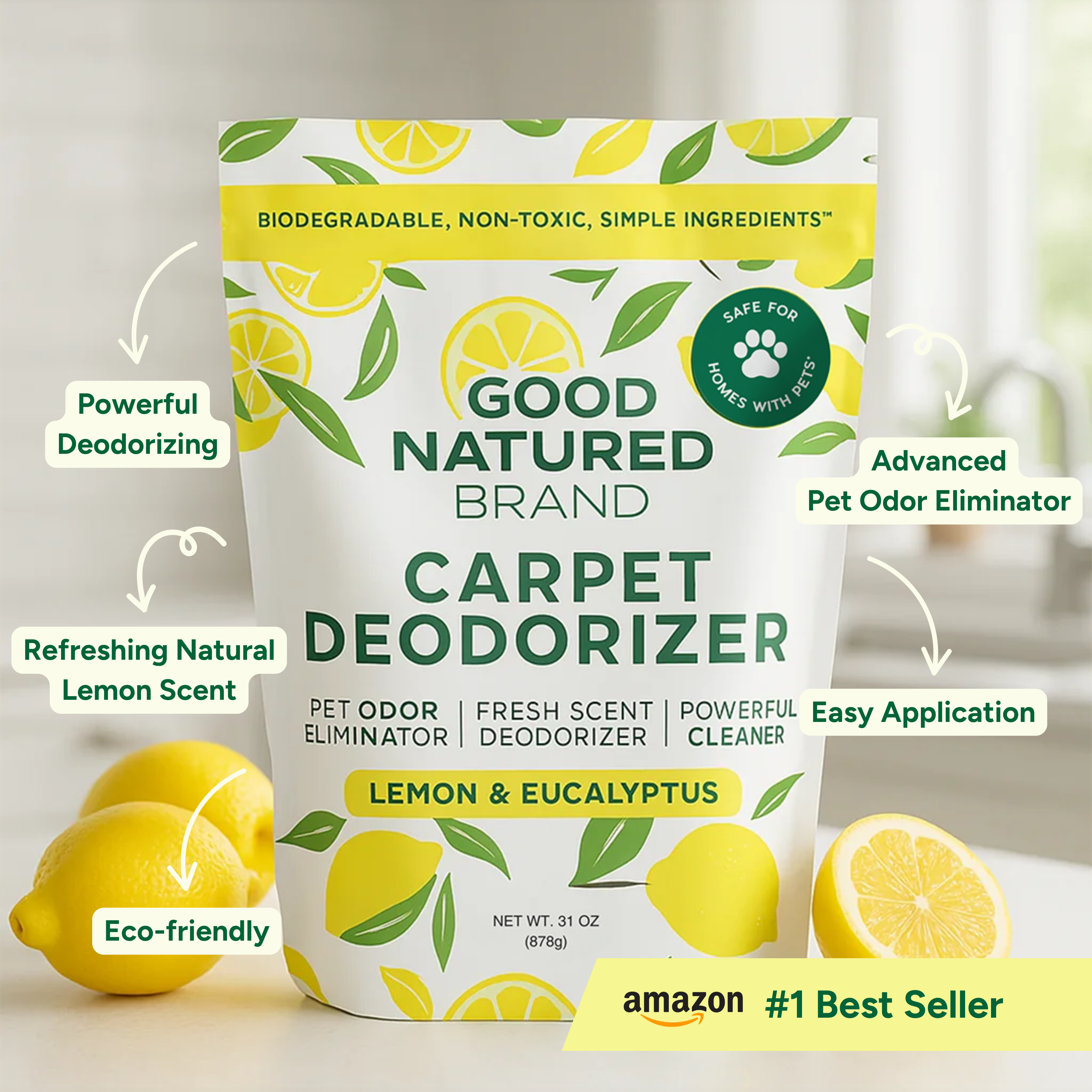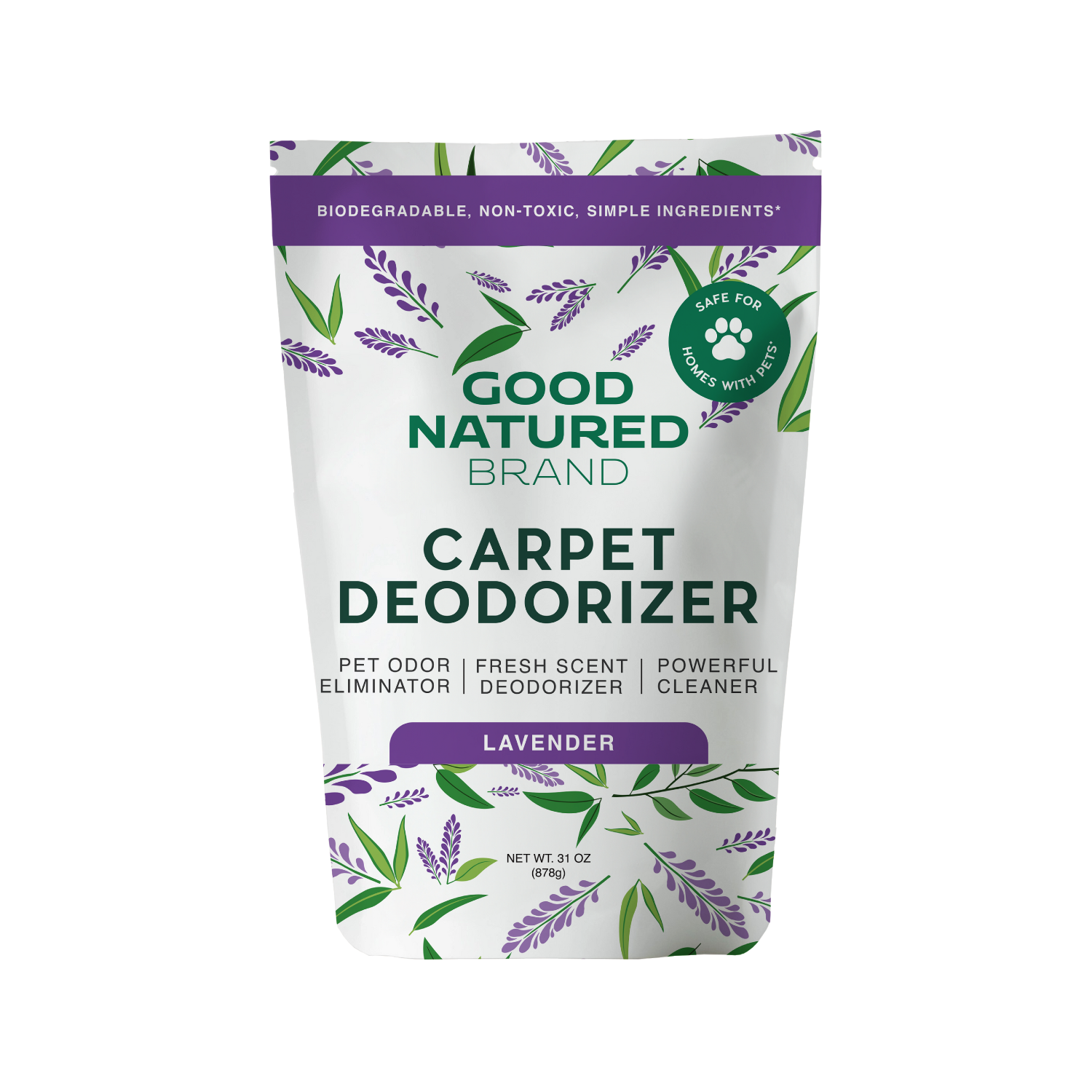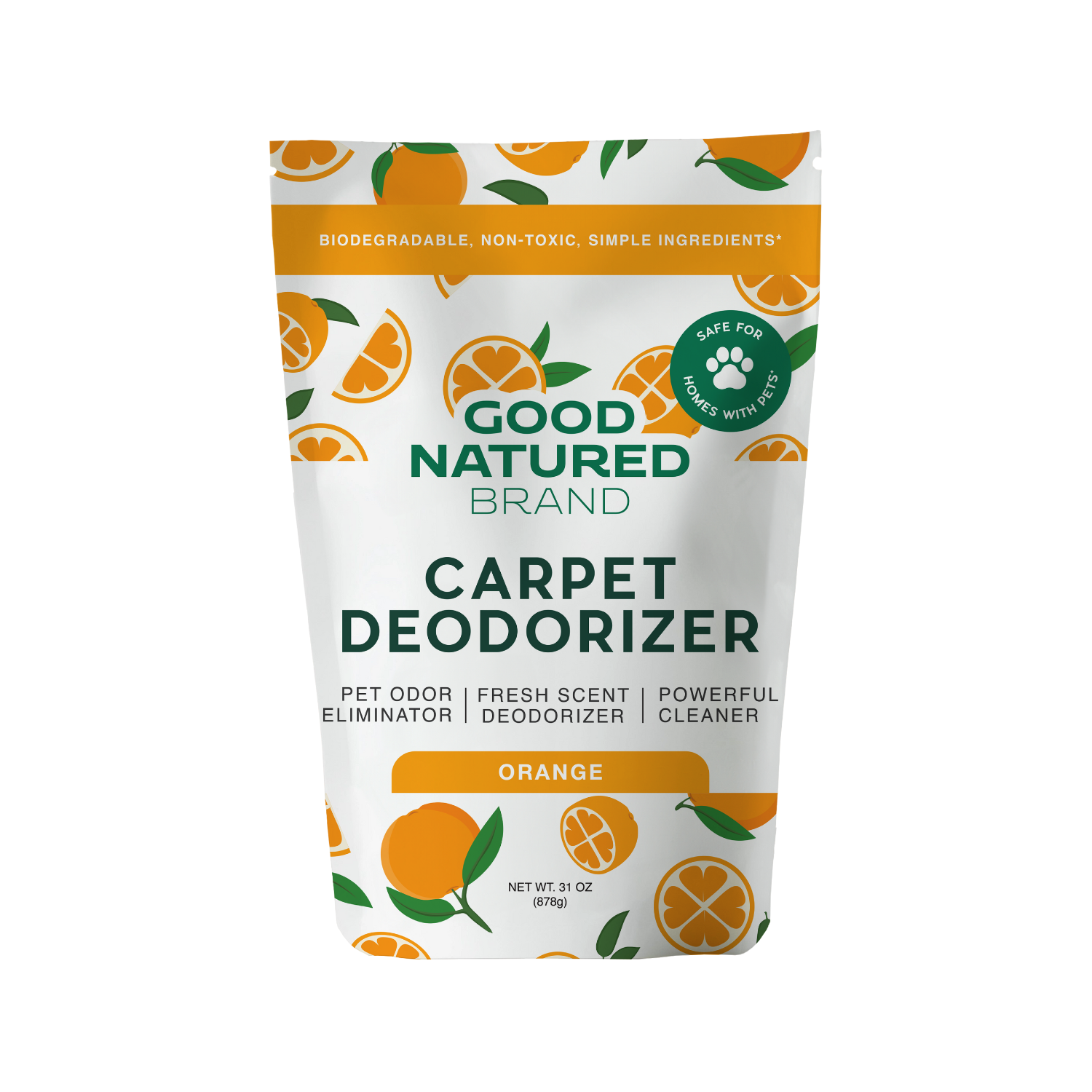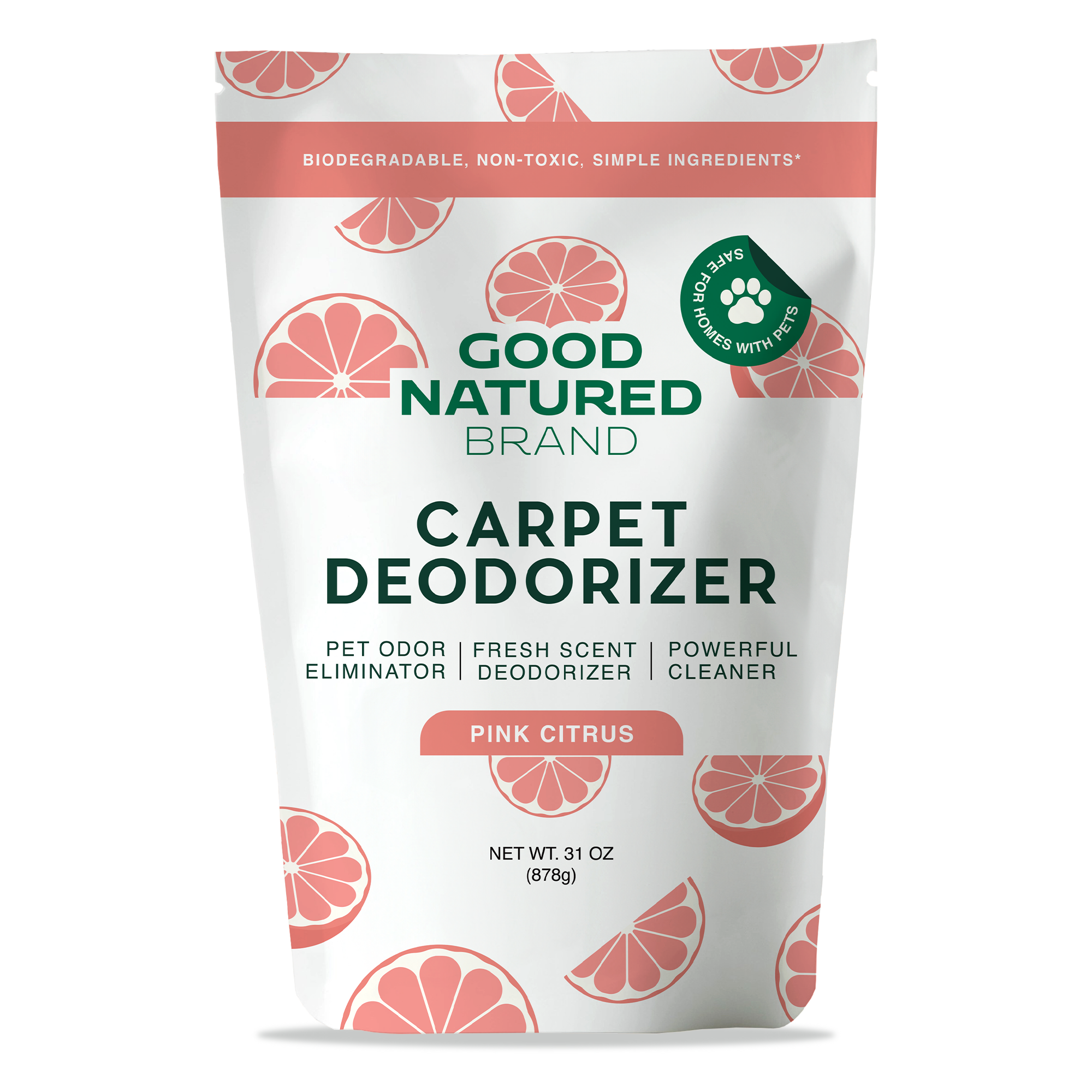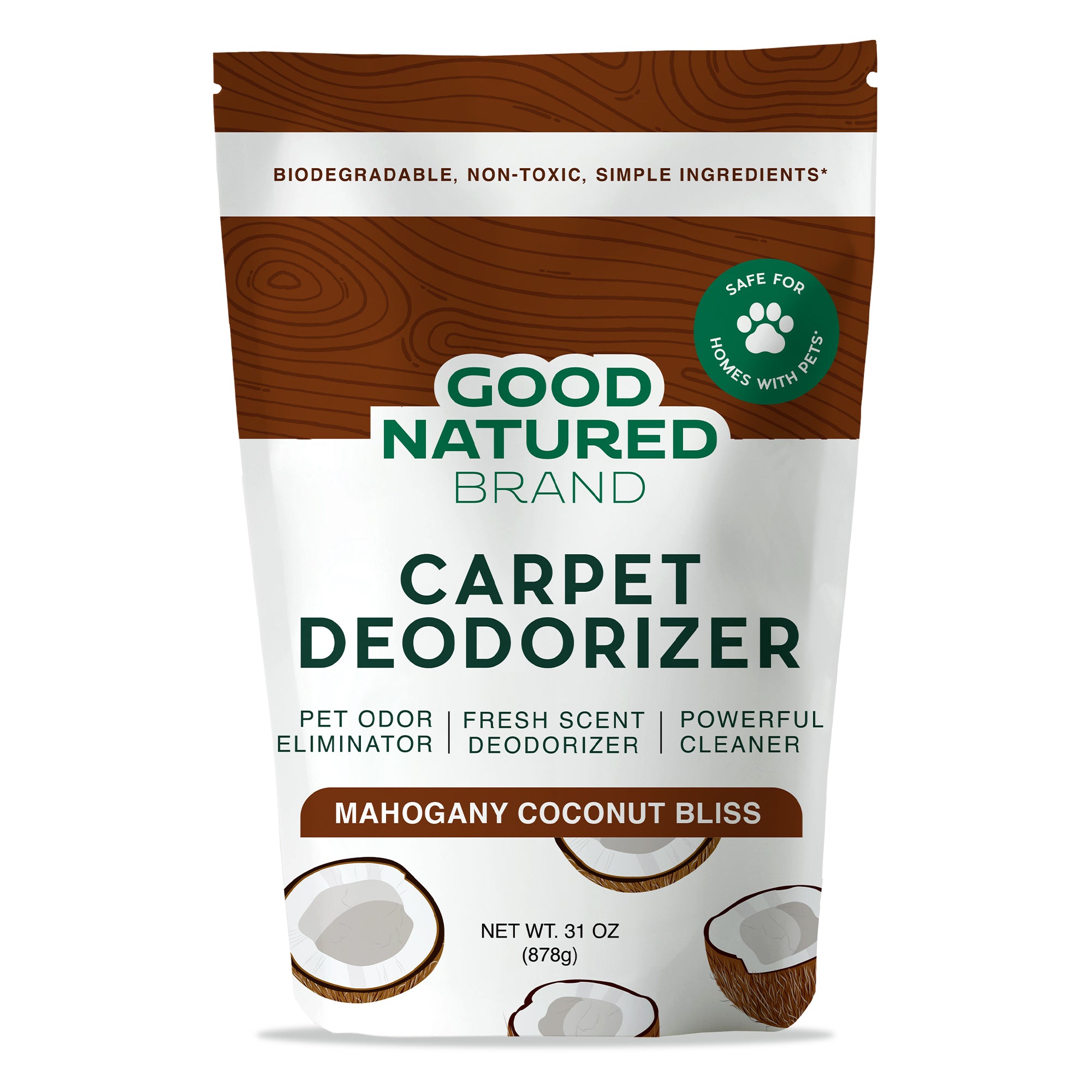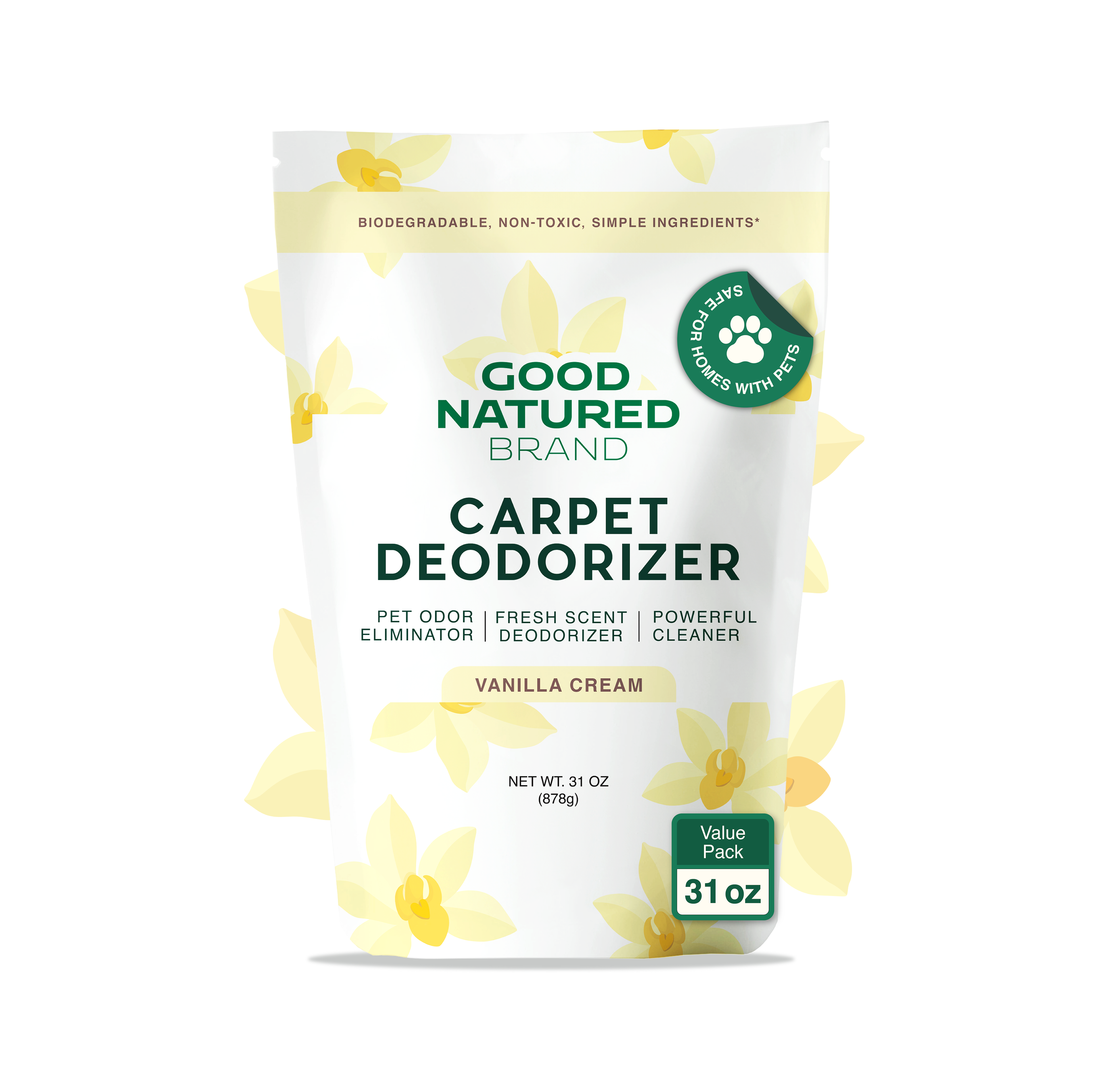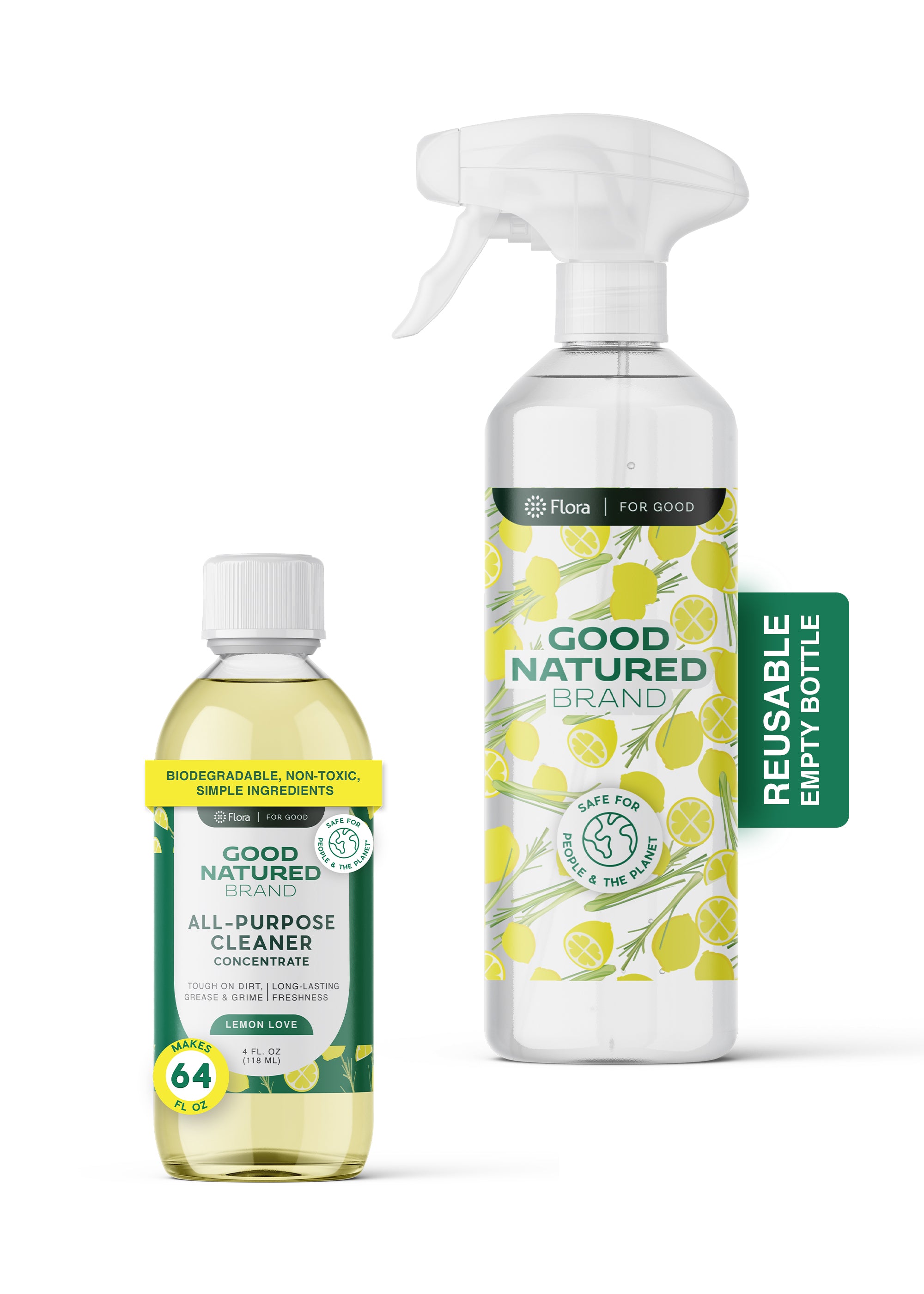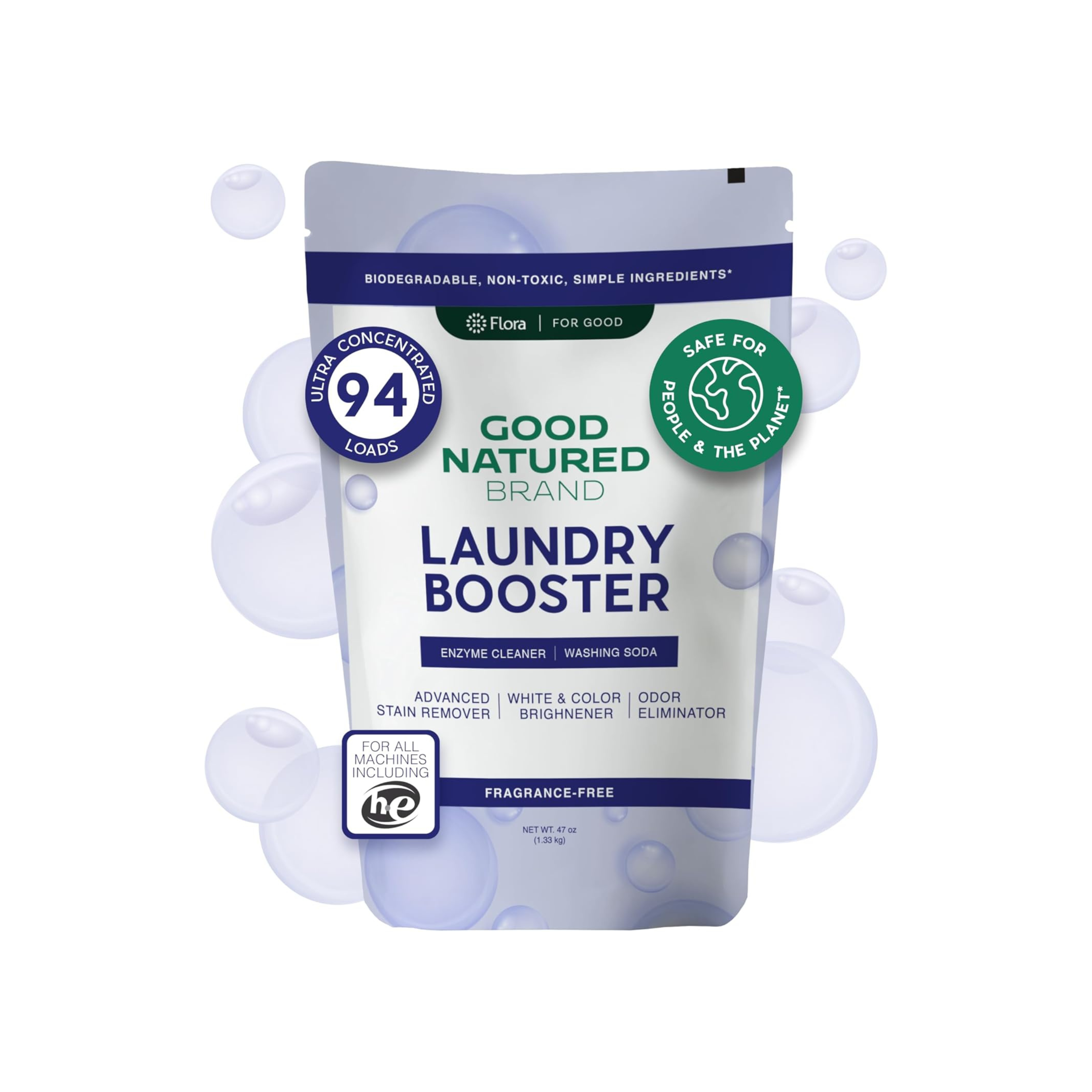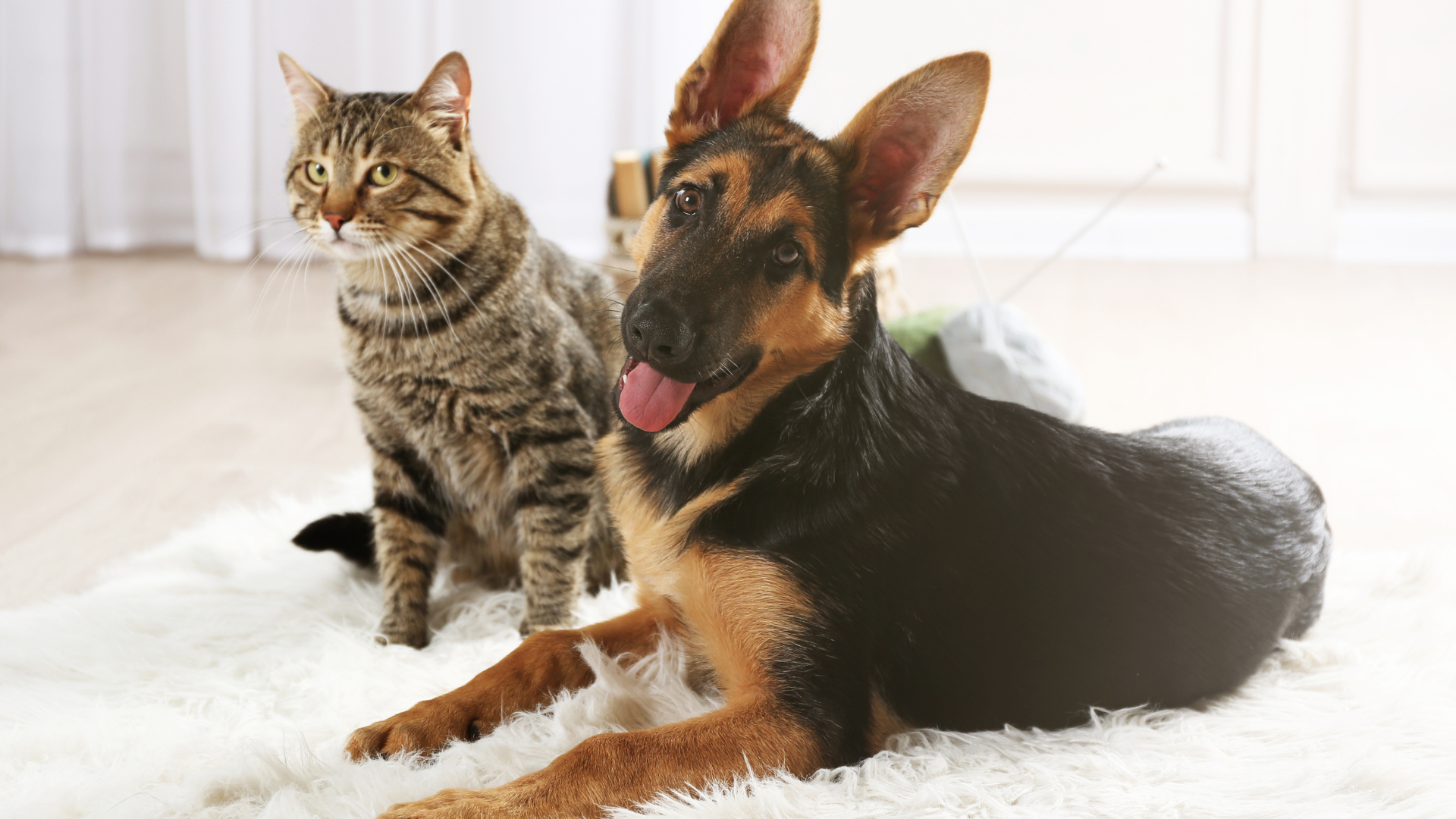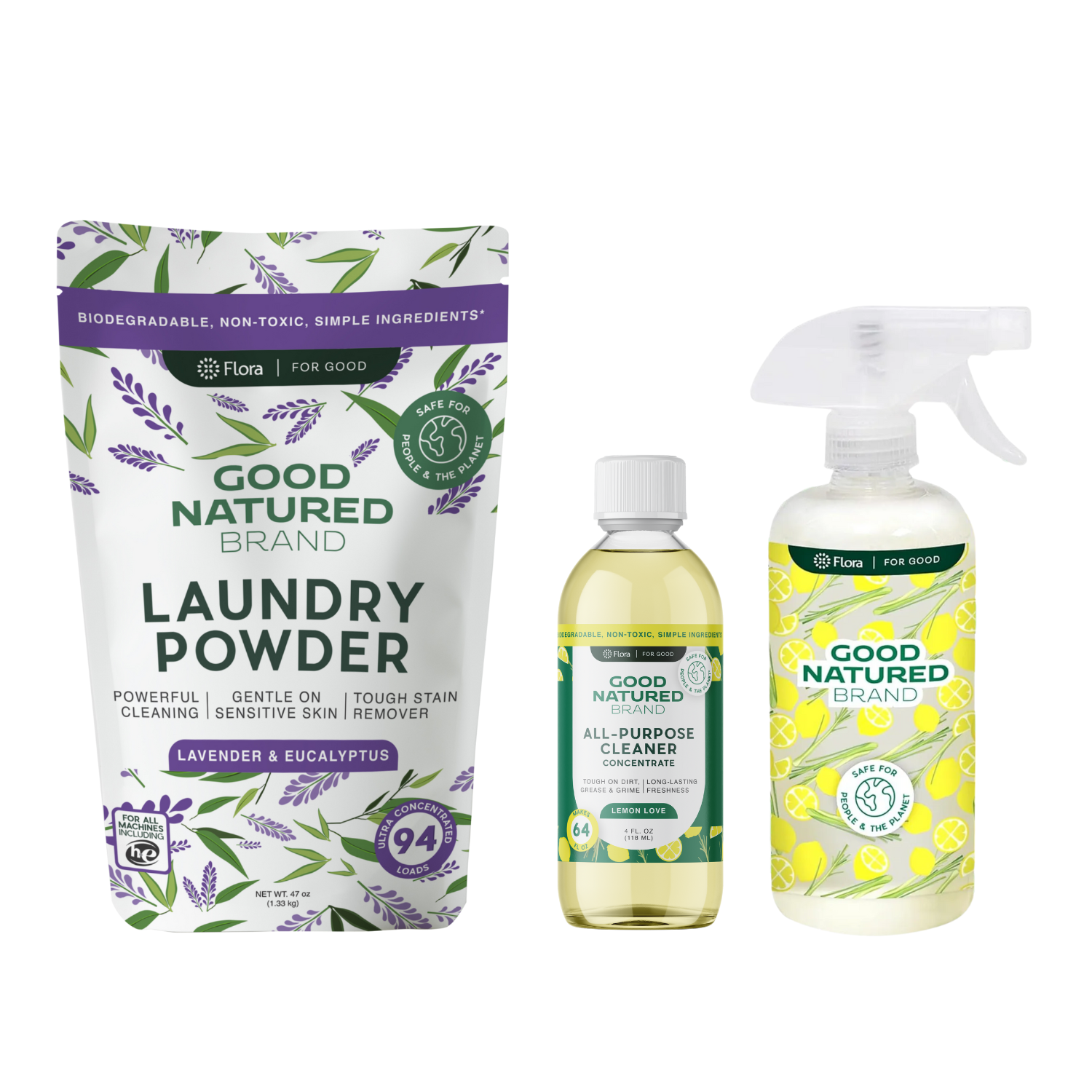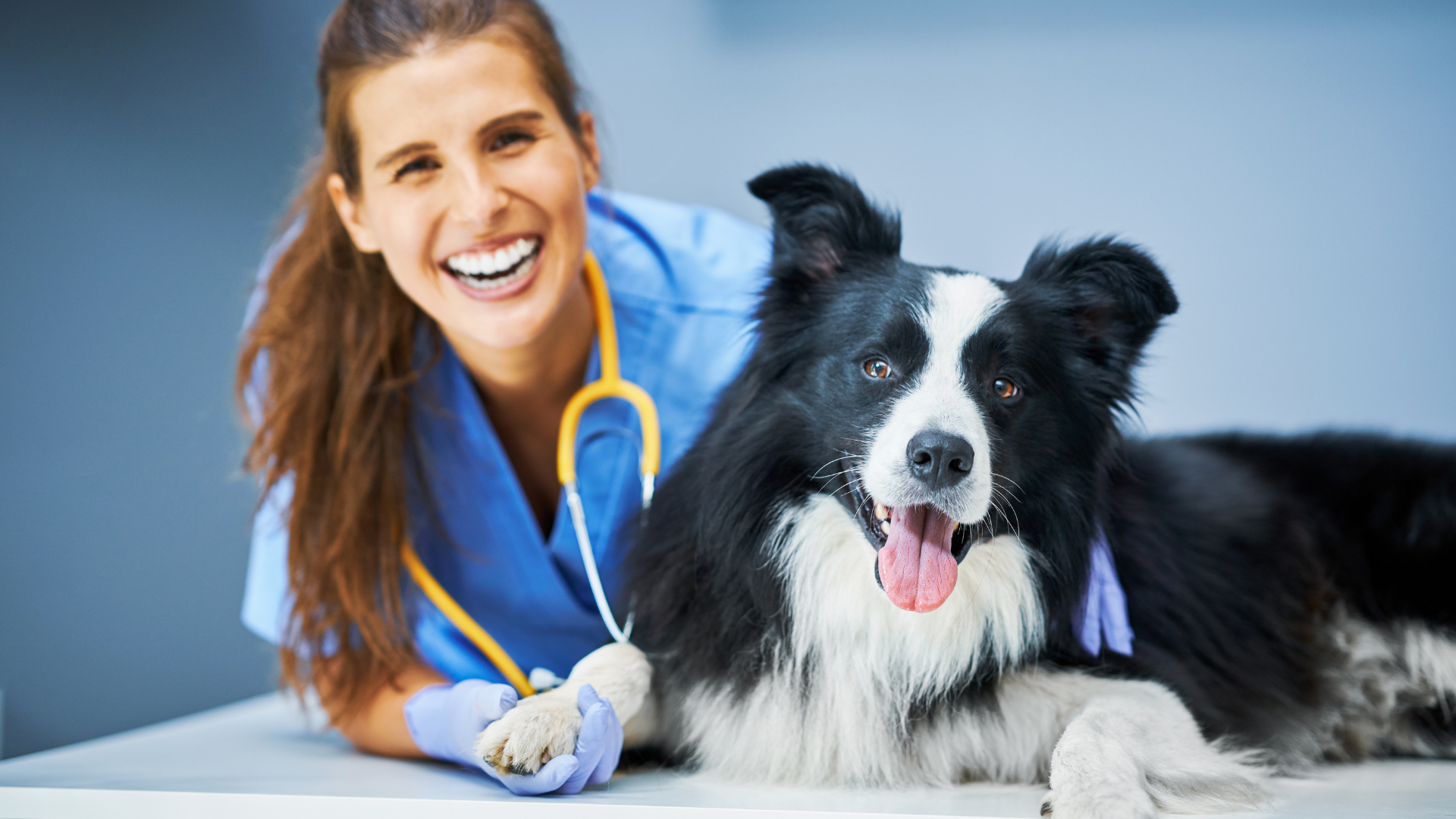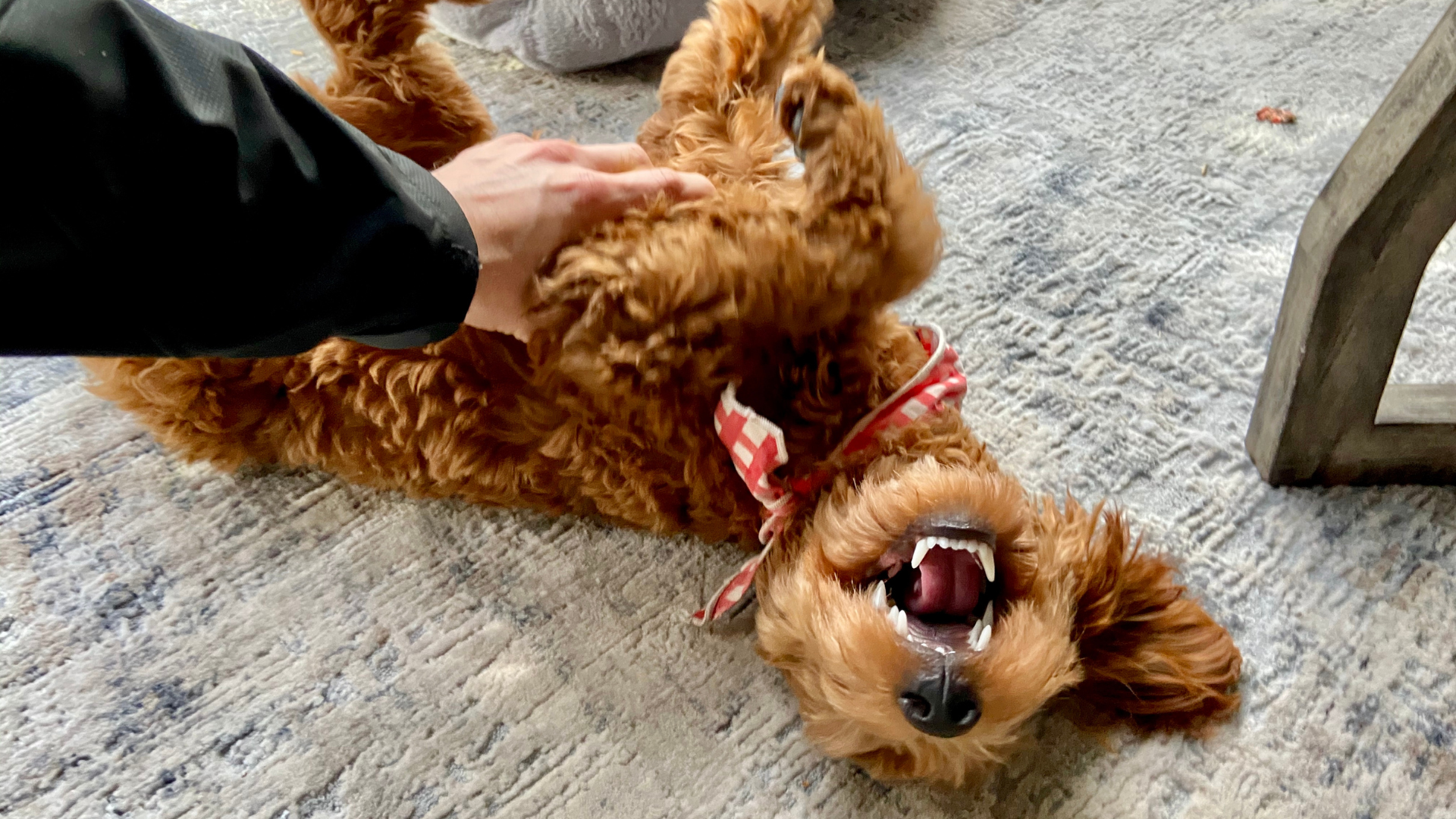Preparation & Initial Scent Introduction
Bringing a cat and a dog under the same roof can feel like orchestrating a symphony between two very different instruments. But with preparation and patience, it’s entirely possible to create a peaceful, enriching relationship between your furry companions. This section covers everything you need to set up your home and mindset for a smooth dog and cat introduction, starting with evaluating your pets and establishing safe boundaries.
Assessing Readiness and Temperament
Before jumping into introductions, it's essential to assess whether both animals are ready for the transition. Not all dogs or cats are suited to a multi-pet household—especially if either has a history of fear, aggression, or anxiety around other animals.
Evaluate Your Dog’s Energy and Prey Drive
Some breeds, especially those with high prey drives (like terriers, hounds, or herding dogs), may see a cat as something to chase rather than coexist with. That doesn’t mean they can’t live peacefully with a cat—it just means you’ll need to approach introductions with added control and training.
If your dog lunges at small animals or becomes fixated, you’ll want to work on impulse control and basic commands like “leave it,” “sit,” and “stay” well before the first meeting.
Understand the Cat’s Personality and Boundaries
Some cats are confident and curious, while others are easily stressed or territorial. Older or skittish cats may not tolerate a bouncy puppy, but may do fine with a calm, older dog. If your cat is easily startled or has never lived with another pet, plan for a much slower introduction process.
Account for Existing Pet Dynamics
If you already have multiple animals, consider how their presence will affect the dynamic. Dogs may become more territorial in the presence of other dogs. Cats may retreat more quickly if they already feel outnumbered. Adjust your pace based on your pets’ comfort levels—not a deadline.
Preparing Your Home
Setting up your environment to support a stress-free introduction is just as important as managing your pets’ behavior. The key is to create a space that offers control, safety, and sensory separation.
Create Separate Safe Zones
Designate separate spaces for your dog and your cat where they can eat, rest, and play independently. For the cat, vertical spaces like shelves, cat trees, or windowsills give them the option to observe from above. Use baby gates or room dividers to separate areas while still allowing visibility and scent flow.
Make sure each pet has a dedicated feeding area and litter box (for cats) that the other cannot access. This helps prevent territorial disputes and food guarding behaviors.
Use Cleaning Products That Respect Their Senses
Dogs and cats have incredibly sensitive noses. Avoid using heavily scented cleaners that can overwhelm them and cause additional stress. Instead, opt for natural solutions like All Purpose Cleaners, which are effective at removing grime from shared surfaces without artificial fragrances.
If you’re refreshing pet bedding, wash them with Laundry Powders designed to be gentle on skin and safe for pets. Also, consider using Carpet Deodorizers to eliminate lingering pet smells in common spaces while maintaining a neutral scent profile.
Keeping your home clean is not just a human comfort—it’s a key part of creating a calm and low-stress environment where both animals can feel secure.
Stock Up on Essentials
To manage the introduction process, make sure you have:
-
A leash and harness for your dog
-
Baby gates or pet gates to separate areas
-
Treats or food rewards for both pets
-
Toys for redirection
-
Covered litter boxes or high-placed cat feeders
You’ll also want to ensure any shared areas are pet-proofed. Remove items that may cause friction—such as highly prized toys or bedding that smells strongly of one pet.
Scent Swapping Strategies
Before your pets meet face-to-face, they should get to know each other through scent. This phase helps reduce fear and confusion by letting each pet process the other at their own pace.
Exchange Bedding and Toys
Place a blanket, bed, or toy that smells like your dog in the cat’s space and vice versa. Observe their reaction: are they curious, cautious, or anxious? Reward calm interest with praise or treats. Repeat this daily to help both pets become accustomed to the other's scent.
Let Them Sniff Under the Door
Encourage indirect interactions by letting the cat and dog sniff at the base of a closed door. If they respond calmly, that’s a good sign. If either pet growls, hisses, or becomes overly fixated, slow down and allow more time in their separate zones before progressing.
Pair Scent with Positive Reinforcement
Whenever you introduce the other pet’s scent, offer something positive—like a treat or a play session. Over time, they’ll begin to associate that new smell with good things, building a foundation for trust before they ever make eye contact.
By the time you move to visual introductions, your dog and cat will already have a sensory blueprint for one another—making the next steps more familiar and less threatening.
Visual & Controlled Meetings
Now that both pets have become familiar with one another’s scent, it's time for face-to-face introductions. These should be carefully structured, gradual, and always under close supervision. The goal is to allow your dog and cat to see and sniff each other from a safe distance, reinforcing calm behavior and building confidence in a controlled way.
First Visual Introductions
The first time your dog and cat see each other should be through a barrier—such as a baby gate or screen door. This ensures safety while allowing curiosity to develop naturally.
Set up the barrier in a neutral space of your home, ideally away from food or toy areas. Have your dog on a leash with another person gently holding them. Let your cat enter the room on their own terms and observe from a distance. Watch for signs of relaxed body language—tail held at rest, ears forward, soft eyes—in both pets. Reward calm behavior with praise or treats.
When your cat glances at your dog and retreats without distress, offer a reward. Similarly, if your dog looks at the cat and sits calmly instead of lunging or barking, reward that behavior too. Let these sessions last just a few minutes, and repeat daily. As confidence grows, gradually move the barrier to allow more visibility, but always retain control and safety.
Leash-Controlled Interactions
Once both pets are accustomed to seeing each other calmly through a barrier, it’s time for leash-controlled interactions in an open space.
Keep your dog on a loose leash—tension may trigger chase instincts. Encourage them to focus on you with regular obedience checks and verbal praise. Allow your cat to approach gradually; they should have the freedom to move away if needed.
Use treats or toys to reinforce nonchalant, calm behavior in both pets. If the dog stares too hard or moves toward the cat, use a gentle leash correction or redirect their attention to you. Incorporate commands like “watch me,” “leave it,” or “sit”—these reinforce training and help your dog remain composed.
Repeat these sessions briefly (5–10 minutes), gradually extending duration over days. Your objective is positive reinforcement and controlled exposure—each successful session builds trust and desensitizes both pets to the presence of the other.
Supervised Face-to-Face Meetings
When both pets show calm, relaxed behavior during leash sessions, it’s time to allow safe, supervised exploration in the same open space.
Keep your dog leashed and let your cat walk freely. Maintain control by staying calm and observing interactions intently. You might notice subtle signs of tension—like a slow tail flick, dilated pupils, or slight growling. If this happens, calmly guide your dog away and end the session on a positive note. Redirect energy with treats, praise, or a break in another room.
If your dog lies down or turns away and your cat responds by sniffing or walking past, reward both pets immediately. Gradually increase the length of these controlled interactions, always watching for stress signals and being ready to step in if necessary.
Reading Body Language
Understanding distinct canine and feline signals helps prevent missteps. For dogs, a relaxed mouth and soft eyes signal comfort, while stiff posture or intense staring can indicate tension. Cats showing confidence will hold their body upright, extend their whiskers forward, and flick their tail slowly—if their ears flatten, they crouch, or hiss, these are signs of fear or aggression.
If the dog attempts to chase or becomes fixated, use redirection with treats or calm commands. If the cat hisses, maintain distance and give them time to retreat. Always allow escape routes—high perches or open doorways—so the cat never feels trapped.
Celebrate small wins: the cat glancing at the dog, the dog turning its head away. Keep sessions brief and end on a positive note.
Enhancing the Environment
Maintaining a clean and neutral space is critical to reducing instincts triggered by new scents. Wash your pets’ shared bedding and toys regularly using Laundry Powders that are gentle on skin and help eliminate strong odors. Keep your floors fresh with Carpet Deodorizers that neutralize smells without overpowering artificial scents. Wipe down surfaces with All Purpose Cleaners that clean efficiently while respecting sensitive noses.
A calm, clean environment supports peaceful pet bonding and reduces stress indicators in both animals. If you'd like more in-depth tips on creating a harmonious home, head over to the Good Natured Brand blog or visit our main page for more insights.
Reinforcing Bonding, Troubleshooting & Harmony
By now, your dog and cat have become familiar with one another through scent, visuals, and supervised face-to-face meetings. The final stage focuses on building a lasting bond, managing setbacks, and creating a long-term plan for peace in your multi-pet household.
Fostering Positive Associations
The most successful dog and cat introductions happen when both animals learn that being near each other means good things happen. One effective way to do this is by establishing shared routines around food, play, and downtime.
Feeding in Proximity (Safely)
Begin by feeding your pets in the same room, but keep them at a comfortable distance—such as opposite corners. Over time, as comfort increases, gradually reduce the distance. This helps both pets associate each other with positive, predictable events.
Ensure each pet has their own dish, and never allow one to eat from the other’s bowl. If your dog is food-motivated, use basic commands like “sit” or “wait” to keep control and reinforce calmness during feeding time.
Cooperative Play and Parallel Activities
While cats and dogs may not always play together, engaging in parallel play—each doing their own thing in the same space—can reduce anxiety and promote comfort. For example, you can use a flirt pole or chew toy with your dog while your cat plays with a feather wand or ball nearby.
Over time, this coexistence becomes normalized. Always supervise during play sessions, especially if either pet becomes overstimulated or reactive.
Celebrate Calm Energy
Dogs especially respond well to positive reinforcement. When your dog chooses to lie down near the cat or responds to a command instead of reacting, reward them. Likewise, if your cat starts to groom or nap within proximity of your dog, acknowledge their bravery with treats or praise.
Creating Safe Escapes & Multilevel Territory
A peaceful pet household depends on spatial management. Cats naturally feel safer when they have access to vertical territory—spaces where they can observe without being approached.
Use Cat Trees, Shelves, and Window Perches
Install high places your cat can reach but your dog can’t. Even confident cats appreciate having an “escape hatch” in case the energy gets too intense. These safe spots allow cats to regulate their exposure and rebuild confidence independently.
Designate Dog-Free Zones
Use baby gates, furniture layouts, or doors to create safe cat-only areas. These zones should include food, litter boxes, and a cozy resting spot. Giving your cat control over their space helps reduce stress and territorial behavior.
Keep Shared Spaces Clean
Cleanliness also contributes to pet harmony. Remove stress-inducing odors and allergens by regularly vacuuming and deodorizing shared areas. Use Carpet Deodorizers to keep flooring fresh, and wash pet bedding using Laundry Powders that are safe for sensitive noses. For daily upkeep, natural All Purpose Cleaners help keep surfaces clean and odor-free without harsh chemicals.
A calm environment free of lingering scents and irritants can greatly reduce defensive behavior in both cats and dogs.
Managing Regression or Aggression
Despite your best efforts, hiccups can happen. Pets may regress in their behavior due to stress, changes in routine, or new triggers in the environment.
Recognize Warning Signs Early
Dogs that begin to fixate, growl, or bark at the cat again may be showing signs of overstimulation or lack of exercise. Similarly, cats that start hiding, hissing, or spraying could be feeling threatened or overwhelmed.
Respond by pausing introductions and returning to earlier phases—like scent swapping or visual contact only. Give both pets space to reset.
Use Time-Outs and Redirection
If your dog gets too excited or displays chasing behavior, calmly guide them away and offer a distraction—like a chew toy or a command sequence. Never scold or punish the dog for reacting; instead, reinforce calm alternatives. For cats, provide calming aids like pheromone diffusers or quiet, dimly lit rest areas.
Consult a Professional If Needed
If conflict continues or aggression escalates, consult a certified animal behaviorist. They can help identify specific triggers and design a behavior modification plan tailored to your pets’ personalities.
Maintaining Long-Term Peace
Once your dog and cat begin coexisting peacefully, your job is to maintain that balance. Regular routines, environmental care, and continued training ensure that your household remains calm and harmonious.
Establish Consistent Schedules
Predictable feeding, playtime, and sleep routines help reduce anxiety. Dogs thrive on structure, and cats appreciate routine just as much. This consistency helps minimize unexpected stressors that could disrupt harmony.
Balance Attention
Make sure each pet gets quality time with you individually. This reduces jealousy and helps build secure bonds with you, which in turn reduces competition between them.
Regular Cleaning and Home Care
Continue maintaining shared spaces with pet-safe products like All Purpose Cleaners and Carpet Deodorizers. Weekly laundering of pet bedding with Laundry Powders supports a healthy home—free from allergens, pet dander, and lingering scents that can trigger unwanted behavior.
For more multi-pet home tips, you can also visit the Good Natured Brand blog or browse our main page to discover natural ways to support the wellbeing of all your pets.
Conclusion
Successfully introducing a dog to a cat doesn’t happen overnight—but with thoughtful planning, patience, and a commitment to consistent routines, a peaceful multi-pet household is entirely achievable.
From scent swapping to visual introductions, leash-controlled meetings, and shared space management, each step builds trust between your pets. Remember, every cat and dog is different. Progress may be fast or gradual, but the goal remains the same: a respectful relationship rooted in calm energy and mutual comfort.
Equally important is maintaining a clean, stress-free environment. Using safe, natural products like Carpet Deodorizers, Laundry Powders, and All Purpose Cleaners helps ensure your home stays fresh, allergen-free, and welcoming to all members of the family—two- and four-legged alike.
For more tips on creating a happy, healthy home for your pets, visit the Good Natured Brand blog or explore our main page.
With consistency and care, your dog and cat can not only coexist but form a unique and lasting bond.
Frequently Asked Questions (FAQs)
1. How long does it take for a dog and cat to get along?
It varies widely. Some pets take a few days; others may need several weeks or even months. The key is slow, structured introductions and observing each pet’s comfort level.
2. Can any dog live with a cat?
Not necessarily. Dogs with high prey drives or aggressive tendencies may not be suitable for a cat companion without intensive training. Breed, temperament, and past experiences all play a role.
3. What if my dog chases the cat?
Immediately interrupt the behavior with a calm redirection. Use training commands and positive reinforcement to guide your dog. You may need to return to earlier introduction phases.
4. How do I stop my cat from hiding from my dog?
Create high or gated safe zones the dog cannot access. Allow the cat to explore on their terms and reward calm behavior. Reducing stress with a clean, comfortable space—freshened with Carpet Deodorizers—can help.
5. Is it okay for them to share sleeping areas?
Only if both pets willingly choose to. Never force shared spaces. Use separate beds initially, cleaned regularly with Laundry Powders, to ensure hygiene and scent neutrality.
